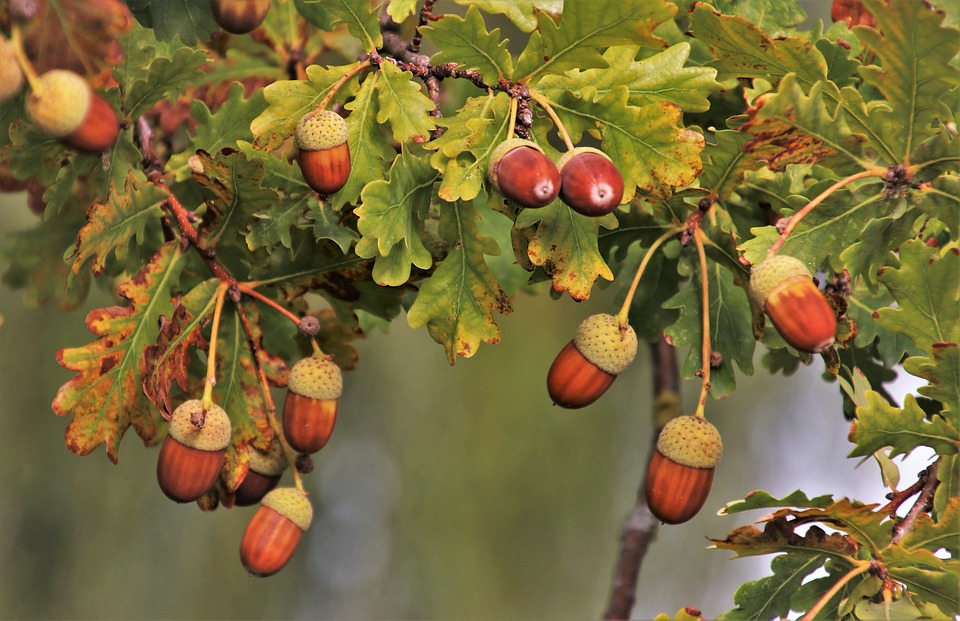
3.3 Survivorship Curves
2 min read•december 29, 2022
Karla Jauregui Sandoval
Karla Jauregui Sandoval

Image Courtesy of Pixabay
Survivorship Curves
are used to compare the pattern of between species. These curves show which member of which age groups die at which point. Essentially, it maps the pattern of in a given species based on the way individuals were born and raised. Remember in the last section when we discussed K-selected versus R-selected species? These graphs help put into perspective how a population with a certain rate/ may look as individuals continue to age.
Type 1 shows a curve in which most of the population dies off toward their old age. This is representative of a K-selected species; it shows few offspring with high levels of that lived to old age due to this attention to their specific well-being.
Type 2 curve shows a constant loss population that is not affected by age. Age doesn't determine survival or . This curve shows that death is a constant regardless of age.
Type 3 curve shows a species that has an early loss population and few live to old age. This is what the R-selected graph looks like, since many offspring are born yet few survive due to neglect or unindividualized parental attention.
These three graphs are used to determine patterns of certain species and how birth rate or death rate correspond with levels of to predict at a certain age.
Survivability | Type 1 | Type 2 | Type 3 |
Early Age | High | High | High |
Middle Age | High | Medium | Low |
Old Age | Low | Low | Low |
Example | Humans | Song Birds, Bees | Frogs |
K/r | K | K | R |
🎥 Watch: AP Environmental Science Streams
Key Terms to Review (4)
Mortality
: Mortality refers to the rate at which individuals in a population die. It is an important factor in determining population size and dynamics.Parental care
: Parental care refers to any form of behavior exhibited by parents that enhances the survival and well-being of their offspring. It can include activities such as feeding, protecting, and teaching.Reproductive rate
: Reproductive rate refers to the number of offspring produced per unit time by an individual or population. It is influenced by factors such as fertility, fecundity, and breeding frequency.Survivorship curves
: Survivorship curves represent the pattern of survival for individuals in a population over their lifespan. They show how likely it is for individuals to survive at different ages.3.3 Survivorship Curves
2 min read•december 29, 2022
Karla Jauregui Sandoval
Karla Jauregui Sandoval

Image Courtesy of Pixabay
Survivorship Curves
are used to compare the pattern of between species. These curves show which member of which age groups die at which point. Essentially, it maps the pattern of in a given species based on the way individuals were born and raised. Remember in the last section when we discussed K-selected versus R-selected species? These graphs help put into perspective how a population with a certain rate/ may look as individuals continue to age.
Type 1 shows a curve in which most of the population dies off toward their old age. This is representative of a K-selected species; it shows few offspring with high levels of that lived to old age due to this attention to their specific well-being.
Type 2 curve shows a constant loss population that is not affected by age. Age doesn't determine survival or . This curve shows that death is a constant regardless of age.
Type 3 curve shows a species that has an early loss population and few live to old age. This is what the R-selected graph looks like, since many offspring are born yet few survive due to neglect or unindividualized parental attention.
These three graphs are used to determine patterns of certain species and how birth rate or death rate correspond with levels of to predict at a certain age.
Survivability | Type 1 | Type 2 | Type 3 |
Early Age | High | High | High |
Middle Age | High | Medium | Low |
Old Age | Low | Low | Low |
Example | Humans | Song Birds, Bees | Frogs |
K/r | K | K | R |
🎥 Watch: AP Environmental Science Streams
Key Terms to Review (4)
Mortality
: Mortality refers to the rate at which individuals in a population die. It is an important factor in determining population size and dynamics.Parental care
: Parental care refers to any form of behavior exhibited by parents that enhances the survival and well-being of their offspring. It can include activities such as feeding, protecting, and teaching.Reproductive rate
: Reproductive rate refers to the number of offspring produced per unit time by an individual or population. It is influenced by factors such as fertility, fecundity, and breeding frequency.Survivorship curves
: Survivorship curves represent the pattern of survival for individuals in a population over their lifespan. They show how likely it is for individuals to survive at different ages.
Resources
© 2024 Fiveable Inc. All rights reserved.
AP® and SAT® are trademarks registered by the College Board, which is not affiliated with, and does not endorse this website.